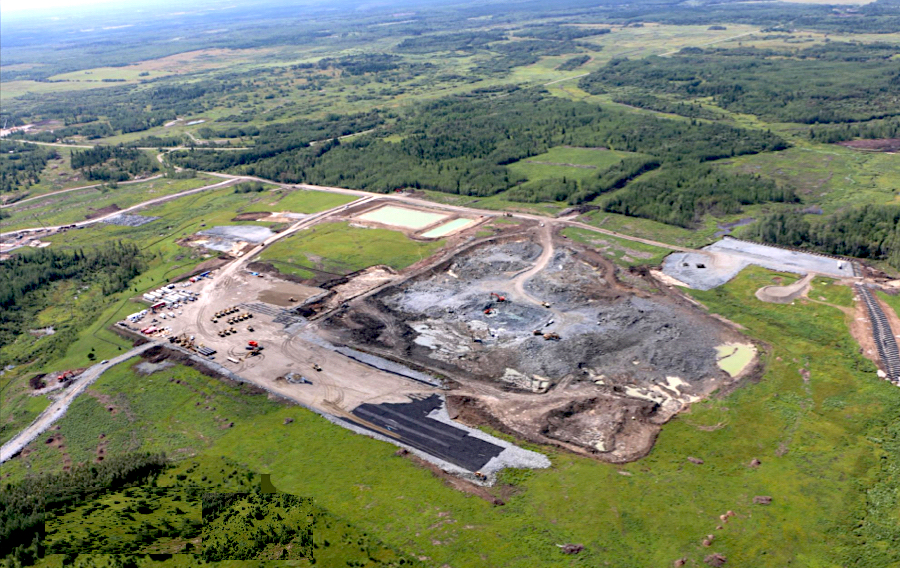
New Gold noted the remaining open pit will be mined using an optimized selective extraction approach which, combined with stockpile movement, should lead to both a “smoother and sustainable” mill grade and gold production profile, before fully moving underground.
“While slightly negative to our valuation, this updated Rainy River technical report is a better reflection of the current state of knowledge of the asset in terms of both geology and costs,” BMO precious metals analyst Brian Quast wrote in a note to investors.
The miner, which began operations at Rainy River in 2017, expects to produce 310,000 ounces of gold at the mine per year during the 2022 to 2027 period, down from the previously forecasted 350,000 ounces due to lower grades.
“The lower-than-expected grades at the East Lobe (where mining should be complete in 2023), combined with a deepening pit have driven a more balanced approach in the open pit, Quast said.
Underground plans looking good
The expert reacted positively to the optimized underground mining plan. Instead of four underground portals, he said, there will now be just two in-pit portals to be commissioned in 2023 and 2026. They’ll be used for mining the main underground zones.
“Besides these main zones, production from the Intrepid zone is expected in 2022 and has been accelerated versus prior estimates,” the BMO analyst wrote.
For 2022 alone, New Gold is forecasting overall gold production of between 380,000 and 440,000 ounces, including 265,000-295,000 ounces from Rainy River and 115,000-145,000 ounces from New Afton, in British Columbia.
Rainy River is located 65 kilometres (about 40 miles) northwest of Fort Frances, near the border with Minnesota.




